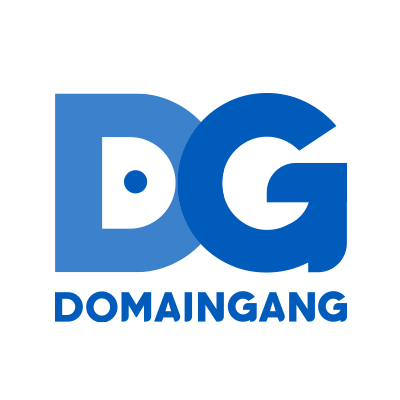YOUR AD HERE

BOSTON, MA – A new report is pointing to new generic top-level domains (gTLDs) launched within the past few years, such as .Top, and .Shop as contributing to an increase in use by scammers and cybercriminals due to the fact that – given their relatively new status on the market – they are cheaper to register compared to more established domains.

According to Interisle Consulting Group’s newly-published Cybercrime Supply Chain 2024 report, 16 million cybercrime events were studied by using data pulled from the Cybercrime Information Center, and the findings indicate that the more gTLDs that are launched, a greater percentage of them are being used by threat actors to carry out cybercrimes.
The disparity is surprising; the glut of gTLDs introduced within the past few years currently accounts for just 11 percent of the domain market as a whole, but 37 percent of those new gTLDs – over a third – are currently used for cybercrime. In contrast, the more established, mainstream domains – including .com, .net, and .org – make up over 50 percent of the market, but the amount of these domains that are utilized by scammers for cybercrime is approximately 40 percent, just about on-par with gTLDs.
Cybercrime Supply Chain 2024: Measurements and Assessments of Cyber Attack Resources and Where Criminals Acquire Them: Interisle Consulting Group researchers, using data from the Cybercrime Information Center, analyzed 16 million cybercrime events to expose a dramatic rise in criminal exploitation of name, address, hosting, and financial supply chains.
One of the reasons that gTLDs are increasingly being used by threat actors and cybercriminals, according to Interisle Consulting Group, is that the owners of these domain extensions are attempting to lure in customers by offering quick and easy registrations and low prices, making them prime fodder for digital scammers. Many of the gTLDs that have been documented as being used for crime often have registration prices of $2 or lower, whereas the cheapest .com domain on offer was $5.91.
Often, these gTLDs are hosts to fake websites with the aim of stealing the information of unwary visitors.

 1 week ago
2
1 week ago
2







 English (US) ·
English (US) ·